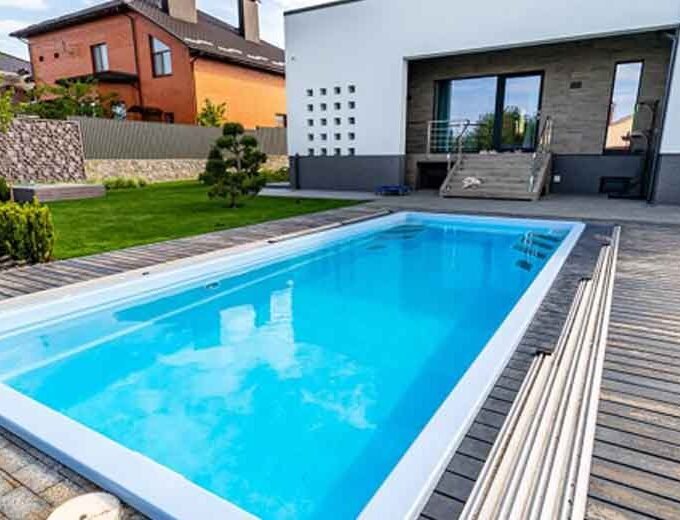Making the switch to eco-friendly home gardening can seem daunting, but with the right tools and knowledge, it’s easier than you think! In this blog post, we’ll go over tips for sustainable plant care and share how to create an eco-friendly garden that will last a lifetime. From composting and water conservation to companion planting and natural pest control, you’ll learn the basics for creating an environmentally conscious garden. So get ready to dig in and make the world greener with these sustainable plant care tips!
How Can We Make a Sustainable Eco-Friendly Garden?
According to stats, 77% of Americans take part in gardening activities. Modern sustainable gardening practices focus on benefiting both your garden and the environment. One way to begin this journey is to shift away from using chemicals whenever organic alternatives are available. Aside from that, it is just as important to preserve natural resources, reduce waste, and use mulching techniques to properly hold moisture in the soil.
Your lawn doesn’t have to be a meadow of weeds for it to be sustainable. You can have an amazingly attractive and healthy green lawn without wasting resources. To achieve this, you must reduce the area planted with grass and replace it with ornamental grasses, shrubs, or ground covers. These plants require less water and no fertilizer — so they don’t take up as many resources as traditional lawns.
Making small changes over time will not only help you establish more sustainable practices but also give you better control over the health of your garden.
What Plants are Best for a Sustainable Garden?
To create a successful and sustainable garden, you need to choose the right plants that can adapt to your environment’s weather patterns, soil types, and rainfall.
Use Native Plants
Not only will they provide natural beauty in your garden, but native plants also attract local wildlife with food and shelter. Plus, they serve as food sources for many of the insects and birds in the area. Selecting suitable native plants is one of the essential steps for creating a sustainable garden that requires minimal intervention.
If you want to utilize native plants in gardening and landscaping, you may need to use a plant identifier app to get important information. For those who are not knowledgeable about plants or how to care for them, the LiLy Plant Identificator app provides an invaluable service. Using this app for plant identification, you can discover what species will survive best in your local environment, as well as get instructions for caring for each plant. You can use this app for iPhone to select the right plants for your garden. What makes this plant app stand out among the rest is that it provides easy access to all the information you may need.
Plant Trees
Community gardens increase the value of a property by up to 9.4% on average. Trees provide countless benefits for our planet, so why not expand your sustainable garden plans to include planting more of them? Not only do trees benefit the environment, but they can add both color and structure to your garden. When selecting trees for your backyard or front yard, make sure to look at the conditions that they would be surrounded with so you can select a mix of species that are best suited for those circumstances.
Even if you have a limited amount of space on your property, there are moss and dwarf trees perfect for small gardens that still add breathtaking visual beauty during the autumn season. For example, the Maple tree ‘Princeton Gold’ has stunning yellow leaves in early spring which slowly change to green throughout summer. Other varieties such as Himalayan birch and Malus ‘Rudolph’s’ tree stand out for their silvery white trunks paired with delicate pink blossoms.
Practice Xeriscaping
This process involves applying low-maintenance yet visually appealing plants in your landscape design — ones that can effectively withstand drought and other extreme climate conditions. For example, cacti and succulents are excellent options if you live in an arid climate. With this sustainable approach to landscaping, you can definitely save money on water bills while keeping your garden looking vibrant and beautiful all year round!
Create a Dry Garden
When planning a Mediterranean-style garden you can use fragrant herbs, olive trees, and other flowers and plants that need little water to survive. Additionally, utilizing native species will help increase biodiversity throughout your garden as well as help support bees that are vital to the environment. This makes planning a dry garden useful in contributing to the greater good.
Grow Vegetables
A small vegetable garden can be a surprisingly easy and eco-friendly way to reduce your food footprint. All you need is a sunny patch of land and the possibilities are endless. From easy crops such as kale and pak choi to more adventurous squash, courgettes, perpetual spinach, chard, and runner beans, there is something for every level of skill. Grow your veggies in containers for an even smaller space solution or try vertical gardening with trellis ideas for larger pieces of land. If you’re looking for an extra eco boost, buy seeds from companies that harvest seeds from organically grown crops – you’ll be confident that what you’re eating has been produced responsibly.
How Do You Grow Sustainably?
One of the best approaches to assist with this includes composting as it allows for the reuse of natural waste by turning it into a valuable resource for plants. Water conservation and the use of natural rainwater can provide additional sustenance to gardens while also reducing water usage. Mulching and soil management are also important as aside from regulating moisture levels, they help prevent weeds from entering the ecosystem. To ensure a plentiful harvest, companion planting helps by mingling plants that have interdependent relationships in order to optimize space utilization.
To sum up, eco gardening is an important part of promoting environmental stewardship. When creating an eco-friendly garden, you can use native plants, which are better suited to local climates than non-native varieties. While flowers may look beautiful in a garden, growing vegetables and fruits provides not only aesthetic value but also delicious produce that can be harvested year-round. Composting organic matter from the garden, conserving water with efficient watering systems or catchment practices, mulching the soil with organic material, and controlling pests naturally are easy steps for anyone looking to improve the sustainability of their green space.
















